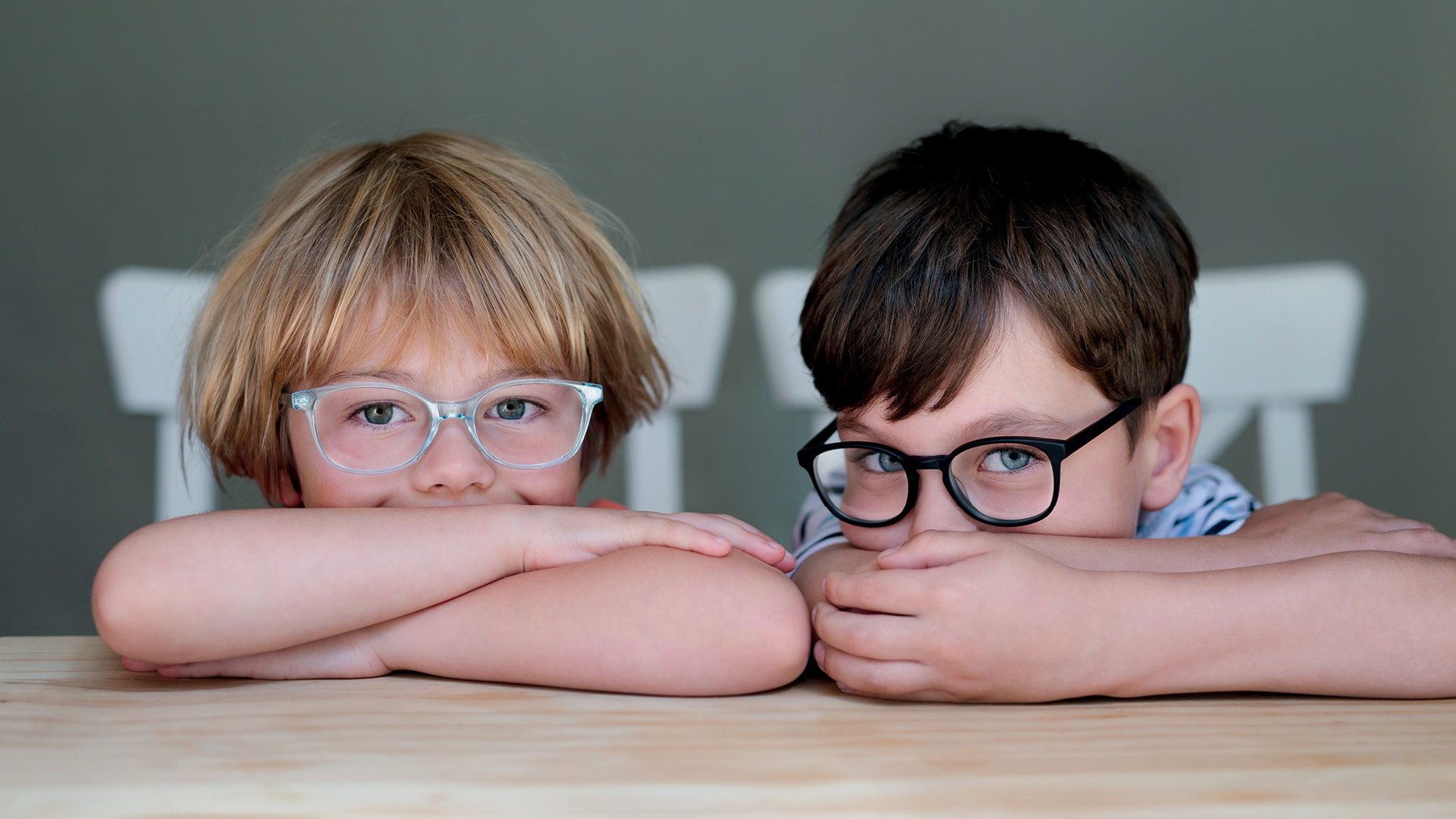Help your kids see the world in its full beauty, with Myopia Lens.

Our vision is responsible for how we perceive the world. And why it’s considered our most important of the five senses. We experience life through the lens of what we see. For children, eyes are a vital tool for learning. Individuals develop and form a connection with the world through sight. Our vision is one of life’s beautiful gifts.
When a young child’s vision isn’t performing, it can stunt development. This is especially true for highly myopic children. Myopia is when the eye is too long or the lens-cornea system is overly strong. Objects are focused in front of the retina and appear blurry so, when looking into the distance, vision is unclear. Concerningly, experts predict that 50% of the world’s population may be myopic by 2050[1].
Genetics play a role, but environmental and lifestyle factors such as urbanisation, digitisation, increased indoor activities and a lack of natural light accelerate the onset of this condition[2].
Boost outdoor time to reduce myopia
Kids need outdoor play for all areas of development. It’s vital for their physical health, cognition and imagination, emotional intelligence, social skills, and connection with nature – something they’ll return to ground themselves.
If your child needs corrective lenses, you can send them outside without worrying about UV radiation with ZEISS Myopia Management Lens Solutions.
Convenient and comfortable, these lenses treat the progression of myopia in children, with studies showing specially designed lenses for myopia management are a far more effective solution than standard single vision lenses[3].
Keep an eye on how your kids are describing the world. As with all matters of health, an early diagnosis leads to a better prognosis. Book an eye examination for your child today.
[1] Brien Holden Vision Institute: Holden BA, et al. Global prevalence of myopia and high myopia and temporal trends from 2000 through 2050. Ophthalmology. 2016 Feb 11. Source: https://www.eyeworld.org/)
[2] The impact of myopia and high myopia: report of the Joint World Health Organization–Brien Holden Vision Institute Global Scientific Meeting on Myopia, University of New South Wales, Sydney, Australia,16–18 March 2015 – ISBN 978-92-4-151119-3
[3] Huang, J.et al. “Efficacy Comparison of 16 Interventions for Myopia Control in 28 Children: A Network Meta-Analysis”. Ophthalmology 2016, 123 (4), 697–708) 29